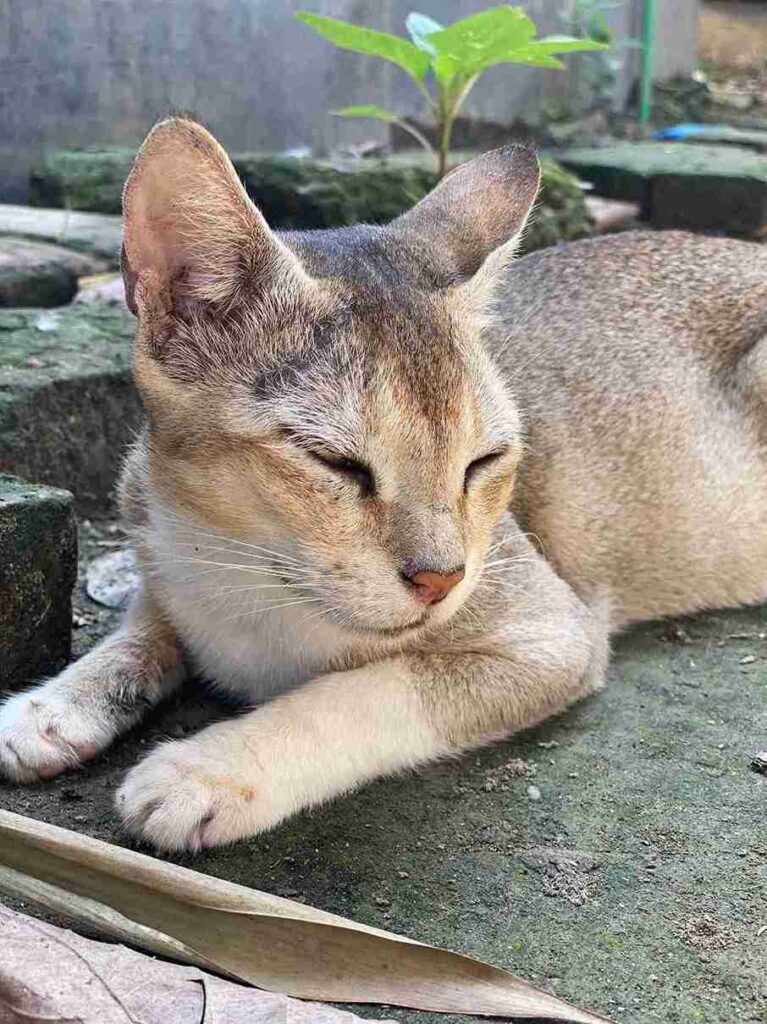New Fluff In The Hood: Warning Signs When Introducing Cats: Find out the warning signs for cat introductions. Introducing a new cat to your household can be an exciting but potentially challenging experience.
Whether you are adding a new feline friend to a single cat household or introducing a kitten to a home with existing cats, it is crucial to pay attention to warning signs that may indicate a problem. By recognizing these signs, you can take necessary steps to ensure a smooth and successful transition for your furry friends.
We will explore the red flags to watch out for when introducing cats and provide guidance on how to handle these situations. So, if you are planning to bring another cat into your home or have recently done so, keep reading to learn about vital warning signs to look for during the introduction process.
Contents
1. The Importance Of A Slow Introduction Process
New Fluff In The Hood: Warning Signs When Introducing Cats
Introducing cats requires a slow and carefully planned process in order to minimize stress and potential conflicts. Cats are territorial animals, and abrupt introductions can lead to aggression and anxiety. It is crucial to gradually introduce the new cat to the resident cat, allowing them time to get accustomed to each other’s scent and presence.
The slow introduction process involves keeping the cats separated initially, so they can become familiar with each other’s scent without direct contact. Using pheromone sprays or diffusers can also help create a calming environment. Once the cats seem comfortable with each other’s scent, visual introductions through a baby gate or cracked door can be initiated, allowing them to observe and assess each other’s body language.
If there are no signs of aggression or fear during the visual introductions, supervised face-to-face meetings can be arranged. Positive reinforcement, such as treats and playtime, can be used to associate each cat’s presence with positive experiences. Remember to remain patient throughout the entire process, as it may take weeks or even months for the cats to fully accept each other as part of the family.

Credit: issuu.com
2. Recognizing The Warning Signs Of A Bad Introduction
Behavioral cues indicating stress or aggression can be observed when introducing cats. It is important to pay attention to these signs in order to ensure a smooth and successful introduction. Some common indicators of stress or aggression include hissing, growling, or fighting. These physical signs often occur when cats feel threatened or uncomfortable in their environment. It is important to give cats time to adjust to each other and provide them with separate spaces initially. This will allow them to gradually become familiar with each other’s scent and presence. Additionally, providing plenty of hiding spots and vertical spaces can help alleviate stress and provide a sense of security for the cats.
3. Strategies For A Successful Cat Introduction
Introducing cats to each other can be a delicate process, but following a few strategies can help create a successful and harmonious introduction. One important strategy is to create separate safe spaces for each cat. This allows them to have their own secure areas where they can retreat to if they feel overwhelmed or threatened. These spaces can be equipped with cozy beds, hiding spots, and familiar scents to help the cats feel more at ease.
Utilizing positive reinforcement techniques is another effective strategy. By rewarding good behavior with treats or praise, you can encourage the cats to associate each other’s presence with positive experiences. This can help reduce anxiety and increase the chances of a smooth introduction.
Gradual, supervised interactions are crucial during the introduction process. Start by allowing the cats to see each other through a gate or a crack in the door, and gradually increase their exposure to each other over time. Keep these initial interactions short and supervised to prevent any negative encounters.
If despite your best efforts, the cat introduction is not going well, don’t hesitate to seek professional help. A professional behaviorist or veterinarian can provide expert guidance and support to navigate the introduction process and address any underlying issues.
Frequently Asked Questions Of New Fluff In The Hood: Warning Signs When Introducing Cats
What Are The Warning Signs When Introducing Cats?
Cats may show warning signs when introducing them, including hissing, growling, or swatting. Keep an eye out for tense body language, raised fur, or flattened ears. Monitor their interactions to ensure they don’t escalate into fights. Gradual introductions and providing separate spaces can help ease the process.
What Happens If You Introduce Cats Too Quickly?
Introducing cats too quickly can lead to territorial aggression, stress, and fighting. Gradual introduction helps them get familiar and reduces conflict.
What Not To Do When Introducing Cats?
To introduce cats successfully, avoid these mistakes: 1. Rushing the process. 2. Neglecting proper introductions. 3. Failing to provide separate spaces initially. 4. Ignoring signs of stress or aggression. 5. Forcing interaction too soon. So, take it slow, give them space, and be watchful to ensure a smooth introduction.
What To Expect When Introducing Cats?
Introducing cats can be stressful. Be patient and take it slow. Supervise meetings and give each cat their own space. Gradually increase their time together. Provide separate resources and plenty of positive reinforcement.
Conclusion
Introducing cats to each other can be both exciting and challenging. By being aware of the warning signs, such as aggression, hiding, or excessive grooming, you can ensure a smooth transition for your furry friends. Remember to provide separate spaces and gradual introductions, while observing their body language.
Taking these precautions will help foster a harmonious environment and a happy coexistence among your feline companions. Start fostering new fluff in your neighborhood today!
Katie Lindsey is a passionate cat lover and founder of Cats Solution, a comprehensive resource for all things feline. With a lifelong love for cats and extensive knowledge in their care and behavior, she provides expert advice and solutions to cat owners. Through her website, Katie fosters a supportive community where cat enthusiasts can find guidance and heartwarming stories. A dedicated advocate for animal welfare, Katie also promotes responsible pet ownership and adoption. Join her on this purr-fect journey celebrating the joy of feline companionship.



